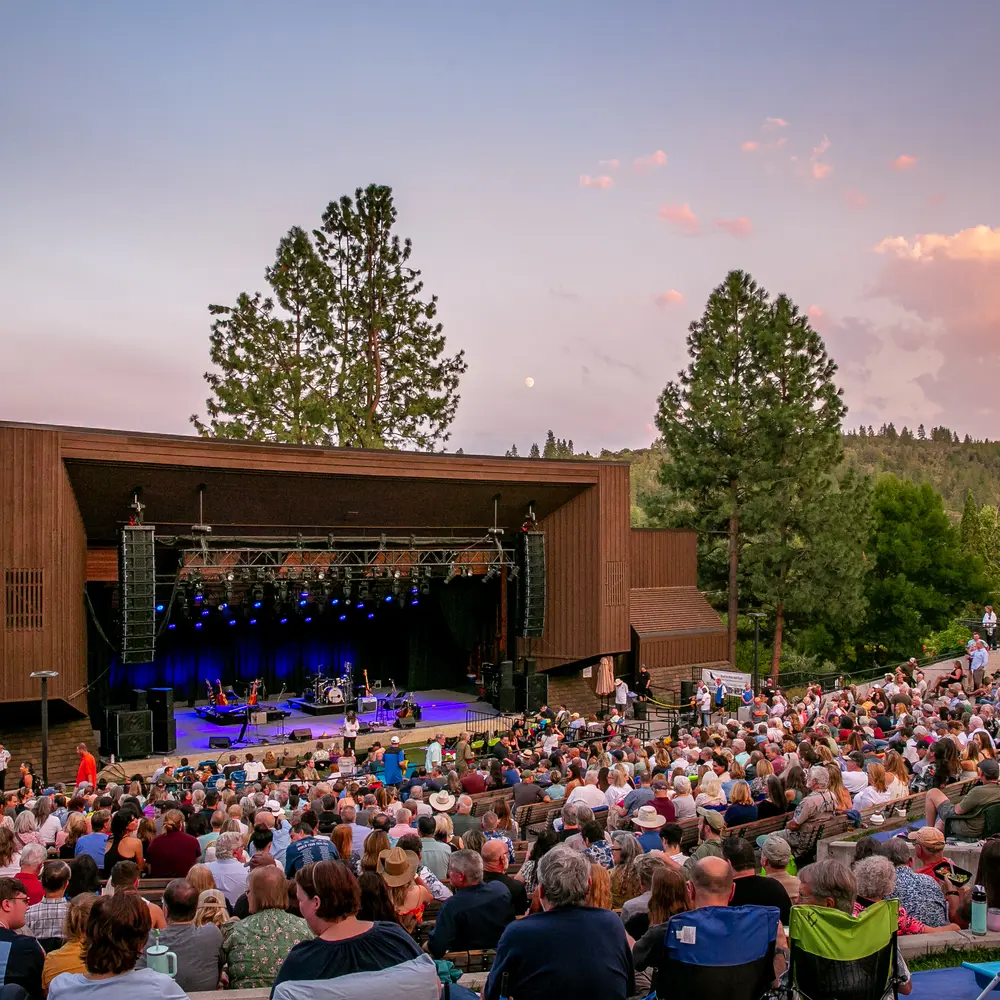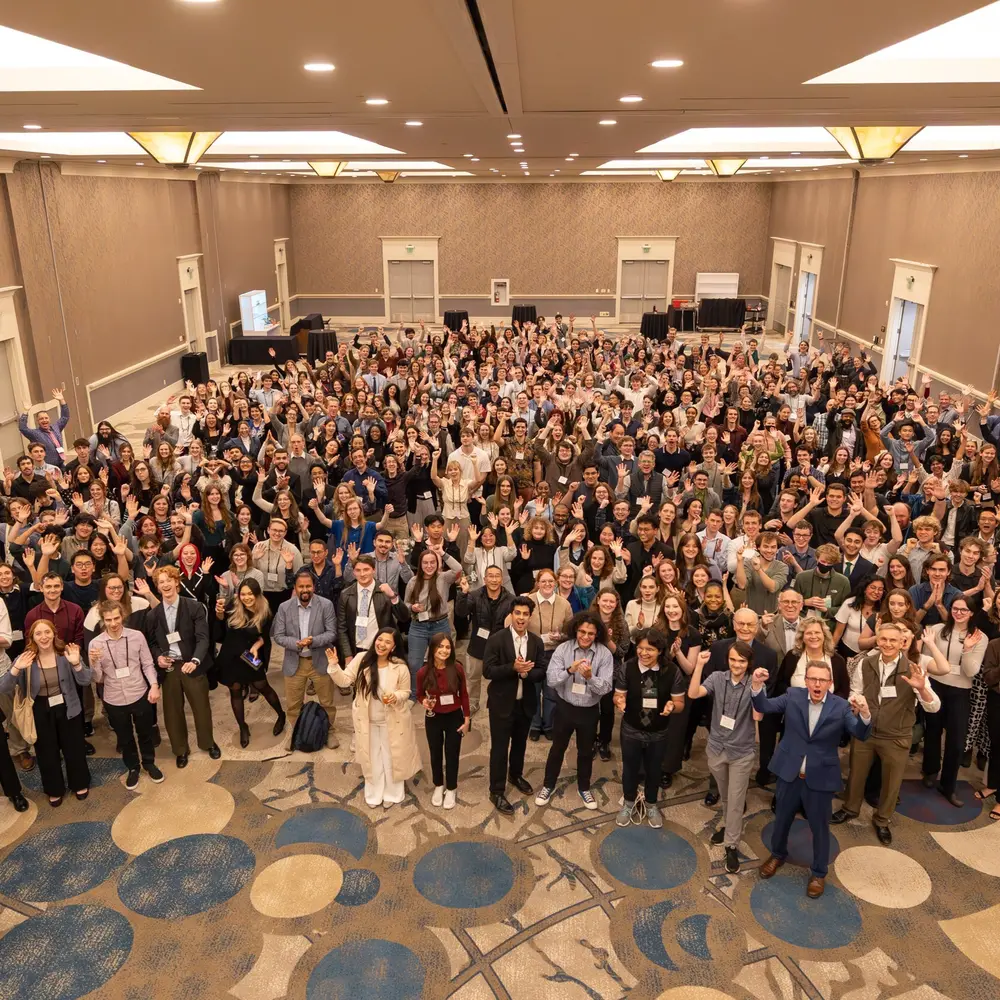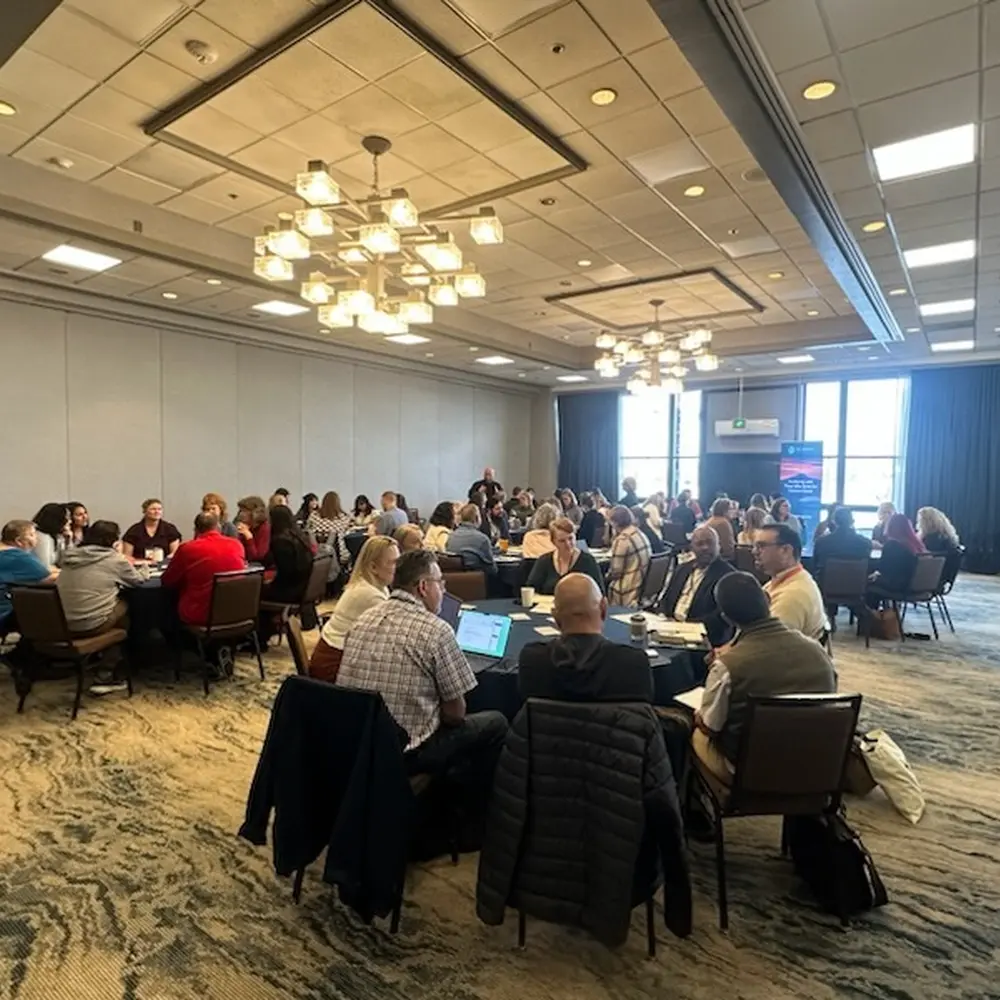Over the last several months, I have been in close conversation with leaders in our region and across the country about the shifting landscape of the social sector for all nonprofits within it, from hospitals to education institutions to philanthropic organizations and the list goes on. Amidst much that is crucial to consider and discuss in these conversations, a few things have perched themselves at the forefront of my mind and heart. And I do say “heart” with intention. These are strategic conversations; they are also deeply human conversations, and to ignore that aspect is to not bring ourselves fully into this work.
The breadth and depth of my internal reflections, coupled with ongoing dialogues with others, reveal the complexities that emerge daily. Among these rich and textured conversations, three themes persistently rise to the forefront. As I continue to weigh their significance, I feel compelled to share these reflections now in an update that may be a tad longer than usual.
Renegotiating Generosity & Responsibility
We are in a season of renegotiating our fundamental social contracts. These implicit agreements, which include the roles of government, philanthropy, and individual members of society, are fundamental to our cooperation for social benefits. They lay a foundation for our shared thriving and human flourishing. As we navigate this period of renegotiating generosity, we are also renegotiating responsibility for social supports. Who is responsible, and for what are they responsible? The shifting landscape of social supports and the emerging gaps require our attention. How we transition—whether abruptly or smoothly—matters greatly, particularly for the most vulnerable in our society. Their well-being is at stake in this renegotiation process. We cannot and should not underestimate the implications of the shifting landscape or the emerging gaps on vulnerable individuals or communities.
It is both true that we need individuals to give, now more than ever, and that individuals cannot replace broader support. Philanthropy, business, and government each have unique, limited, and important roles to play in expanding and unleashing generosity in creative and compelling ways. As we engage in this process of renegotiation, let’s remember that true philanthropy – literally, “love of humanity” – goes beyond charity. It’s about investing in lasting change with the resources we have (time, money, talent) to create a society where everyone can thrive. It requires us to forge a collective vision of how each sector of society contributes to human flourishing for the common good. This requires us to work together on what changes and how it changes, taking into account the full voice of all communities, recognizing that no place is actually red or blue. We are a purple nation with serious differences to navigate.
Risk Management
As recent months and years have reminded us, change can occur unexpectedly, impacting our organizations and those we serve significantly. There are some scenarios for which we simply cannot be prepared. But there are risks we can mitigate if we have a framework for navigating them. Enterprise risk management (ERM) can be a helpful, systematic approach for organizations to remain nimble in the face of rapid shifts in the landscape. We continue to develop our ERM framework, with a notable addition being our "mission risk register." This unique framework is designed specifically for the social sector to better mobilize our staff and focus our efforts. Much like the enterprise framework, it aids us in driving both immediate and long-term, systemic actions that keep us agile, adaptable, and concentrated on our mission.
Bridge-Building Leadership
It’s been a drumbeat of my work and consistent part of my communications that we need leaders who can build bridges across divides. As I’ve interacted with leaders over the last several months, I’ve been reflecting on the absolutely critical role of leaders who can maintain their own strong convictions and work with those who might have their own, different strong convictions – and yet not settle for the lowest common denominator solution, which often involves compromises that insufficiently solve the problem for everyone. Rather, they find the highest common denominator solutions that provide the most inclusive, effective, and beneficial outcomes possible. Highest common denominator solutions maximize benefits and create lasting positive impacts. The conversations required to get there may be a little messier than we want or expect. They may take an extra dose of trust, more intentional suspension of judgment, and a few more misunderstandings than we may like. But it’s out of this sometimes-muddy mess that innovative problem-solving and solutions emerge (see further reflections on this that I shared for our Leadership Now conference). Let me be clear that this is not prescriptive. Rather, it is an invitation to all of us to build bridges where we can. We will need them to navigate the journey ahead.
I hope to share more on each of these in the coming months. For now, know that we stand with you in actively negotiating this changing landscape of the nonprofit sector. Thank you that while much is changing, your commitment remains steadfast.
-Romanita Hairston, CEO






